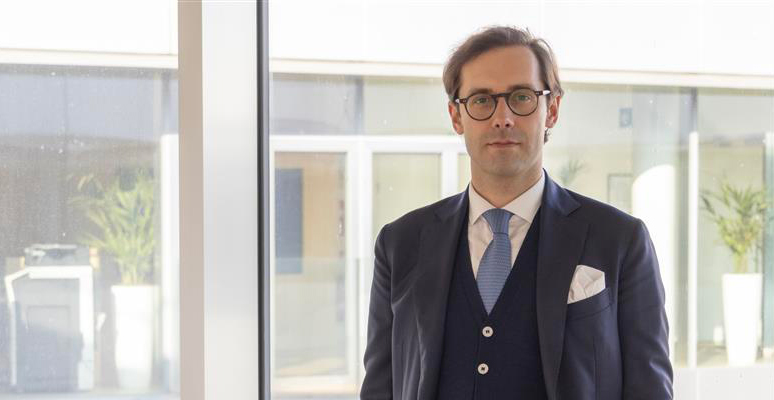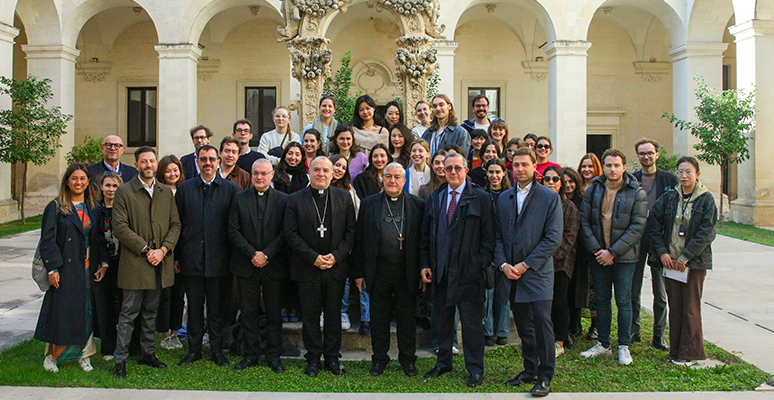Vice and virtue in Italian cultural organizations
For many cultural organizations in Italy, fragility from a managerial standpoint has become a chronic issue. One of the priorities of these pandemic years should have been to rethink business approaches, perhaps supported by greater use of digital technologies. But the digital transformation has taken place only in part, and wherever it has happened, the digital divide has widened between organizations that had previously invested in infrastructure technologies and the ones that hadn’t.
A recent publication curated by Andrea Rurale and Michela Addis explores several indispensable strategic processes to radically transform how Italian cultural organizations function. The book, entitled Il valore della cultura. 22 esperti per nuove strategie (The Value of Culture. 22 Experts on New Strategies), also draws inspiration from virtuous experiences from other countries.
We met with Andrea Rurale, Director of the Master in Arts Management and Administration (MAMA) at SDA Bocconi, to ask him about some of the main themes in the book.
How would you rate the system of cultural organizations? Where are they most vulnerable?
There’s no doubt that the weak links are HR management, the lack of access to careers, and the failure to recognize the importance of the role of management in the context of cultural organizations. If in-house competencies are not available, or if they are not given the credit they deserve, organizational activities will bear the brunt of this, and be limited to reacting to external stimuli as best they can, but without ever being proactive.
The book focuses considerable attention on experiences of cultural institutions in other countries. What are the lessons to be learned?
More than lessons, these examples serve as inspiration, because institutions with the level of complexity we have here in Italy are hard to find elsewhere. Clearly in the US, the near total dependence on private funding, and on the market for museums and theaters, provides constant impetus to concentrate on managerial processes to improve efficiency. So the market represents a continual stimulus for process evaluation. Just think of the effects of the pandemic. When faced with a collapse of ticket sales at the box office, American museums and theaters immediately started hunting for new revenue streams, aside from public subsidies. In doing so, they shored up their relationships with big donors, they activated online programs and they immediately cut costs. The public assistance that Italian cultural institutions enjoy was a lifeline for us, demonstrating the necessity of public support for culture. Yet admittedly it alleviated the urgency and the need to think outside the box, to find alternative solutions to ensure the survival and continuity of Italian organizations.
What role can and should digital technologies play in the strategic evolution of cultural organizations?
By now it’s an established fact: digital is no longer synonymous with innovation. Instead digital should be one of the channels that organizations use to fulfill their purpose. Digital can’t substitute visiting a museum in person or going to the theater; instead it represents a series of tools that augment, anticipate, or enrich firsthand experience. The challenge is to consider technology as a tool for data collection, for reaching new audiences, for consolidating current customers, for interacting with other cultural organizations, and to offer storytelling and support before, during and after the cultural experience.
If you had to predict the future for the next three years, how do you foresee the evolution of our system of cultural organizations?
Looking at the Italian scenario and cultural organizations in this country, I don’t see any promising signs of a major wave of innovation. Public museums fall under the jurisdiction of a Ministry which is incapable of upskilling or renewing personnel, and where accessing career paths is still extremely complicated. The system is a rigid one, due to situations that will not change until we see a revolution in human resource management. In other words, until the museum director is responsible for all the people who work there, he or she will never be able to set ambitious – but achievable – goals. For theaters too, I believe we need to pay more attention to resources that support artistic production. Every year, opera and symphony foundations and traditional theaters close the year in the red because they don’t have the kind of market orientation that would make superintendents and managing directors strive to achieve the goal of sustainability for their institutions.
SDA Bocconi School of Management
MAMA turns 10: a conversation with new ...

Shaping the Future Leaders of Arts ...




